SUMMARY
This is AI generated summarization, which may have errors. For context, always refer to the full article.
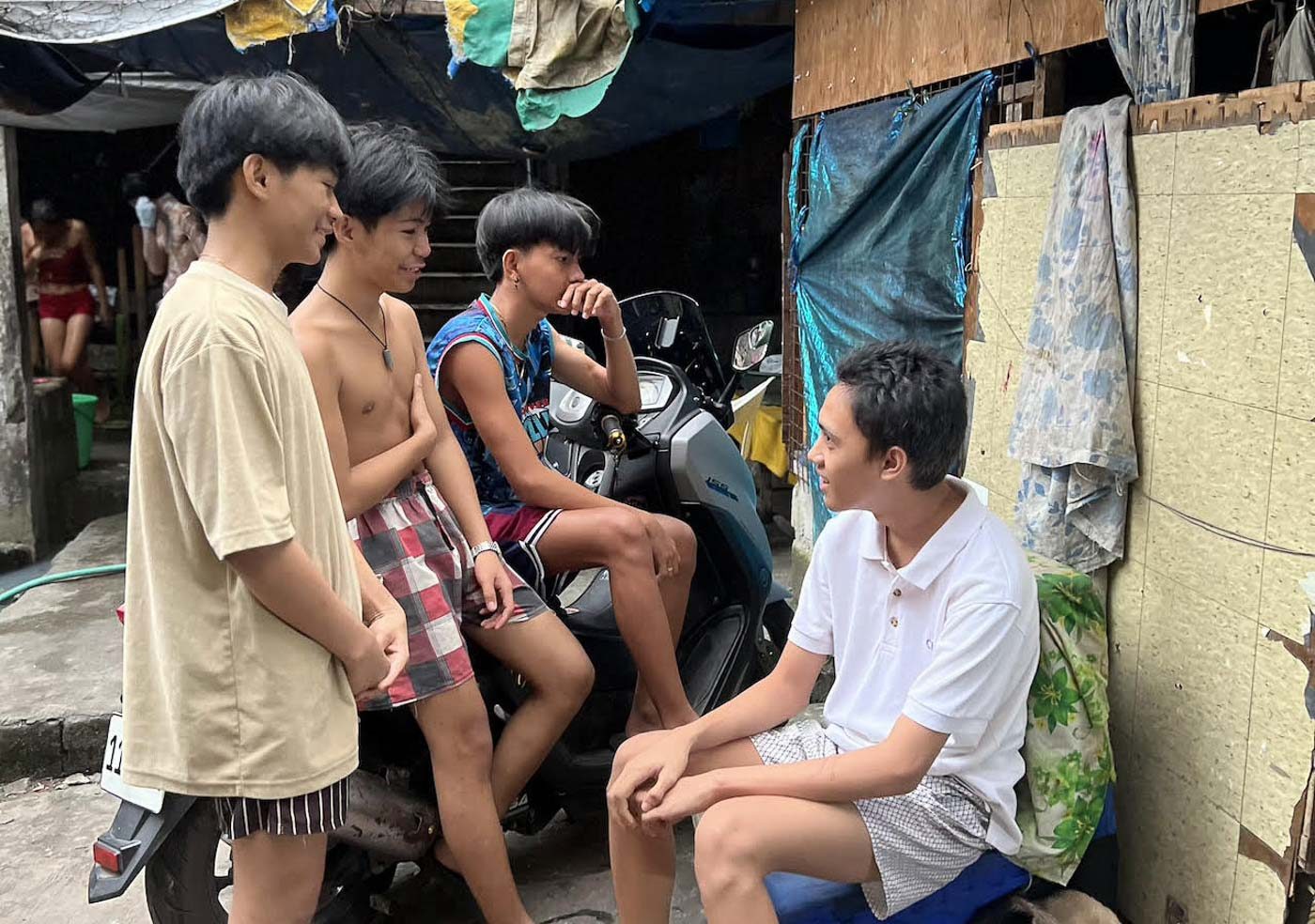
MANILA, Philippines – Jerwin was eight when he started drinking soft drinks. He drank it in the morning, before walking to school from his house in a tenement building in Aroma Compound in Tondo, Manila. He drank it after school.
“I used to drink it six times a day. My favorite is RC Cola,” he said, referring to a cheap cola-flavored carbonated drink owned by a US beverage company, Keurig Dr. Pepper. In the Philippines, ARC Refreshments Corporation has the exclusive license to manufacture and distribute RC Cola.
“I also like Juicy Lemon,” Jerwin added, referring to the cheap lemon-flavored carbonated beverage that is part of the RC Cola brand.
Jerwin and three other friends used to bond over soda drinking. Before the COVID-19 pandemic, they went to school together, walking along Aroma’s busy main streets filled with sari-sari stores with advertising boards of RC Cola, Juicy Lemon, and other sugary beverages, crossing the perilous Radial Road 10 where large trucks to and from the city’s ports pass, into the side streets in Vitas on the way to Vicente Lim Elementary School.
RC Cola and Juicy Lemon are only two soft drink products that target low-income neighborhoods. At P12 or P13 per eight-ounce bottle, they are cheaper than the more popular Coca-Cola or Pepsi products, and provide instant refreshment for kids walking to or from school.
The school itself is fronted by dozens of sari-sari stores and makeshift stores offering everything from iskrambol or ice scramble (a sugary shaved ice dessert) to all sorts of junk food and, of course, soft drinks or soda.
Sixteen-year-old Zoren, Jerwin’s friend, also loves RC Cola, which he said he drank twice a day. So did Gilbert, 17, and Joshua, 15. “It was addicting. Once you start drinking soft drinks, you always want to drink it,” Gilbert said.
But Jerwin, now 18, recently stopped drinking soft drinks. “I began nursing wounds that would not heal. I thought I already had diabetes,” he said. He pointed to his left chest, where he had a large festering wound that would not heal for months. Like many teenagers in Aroma and the tenement buildings of Tondo, he said his family could not afford to have medical check-ups.
“The wound eventually healed up last week,” said Jerwin. But it scared him enough to give up drinking carbonated beverages.
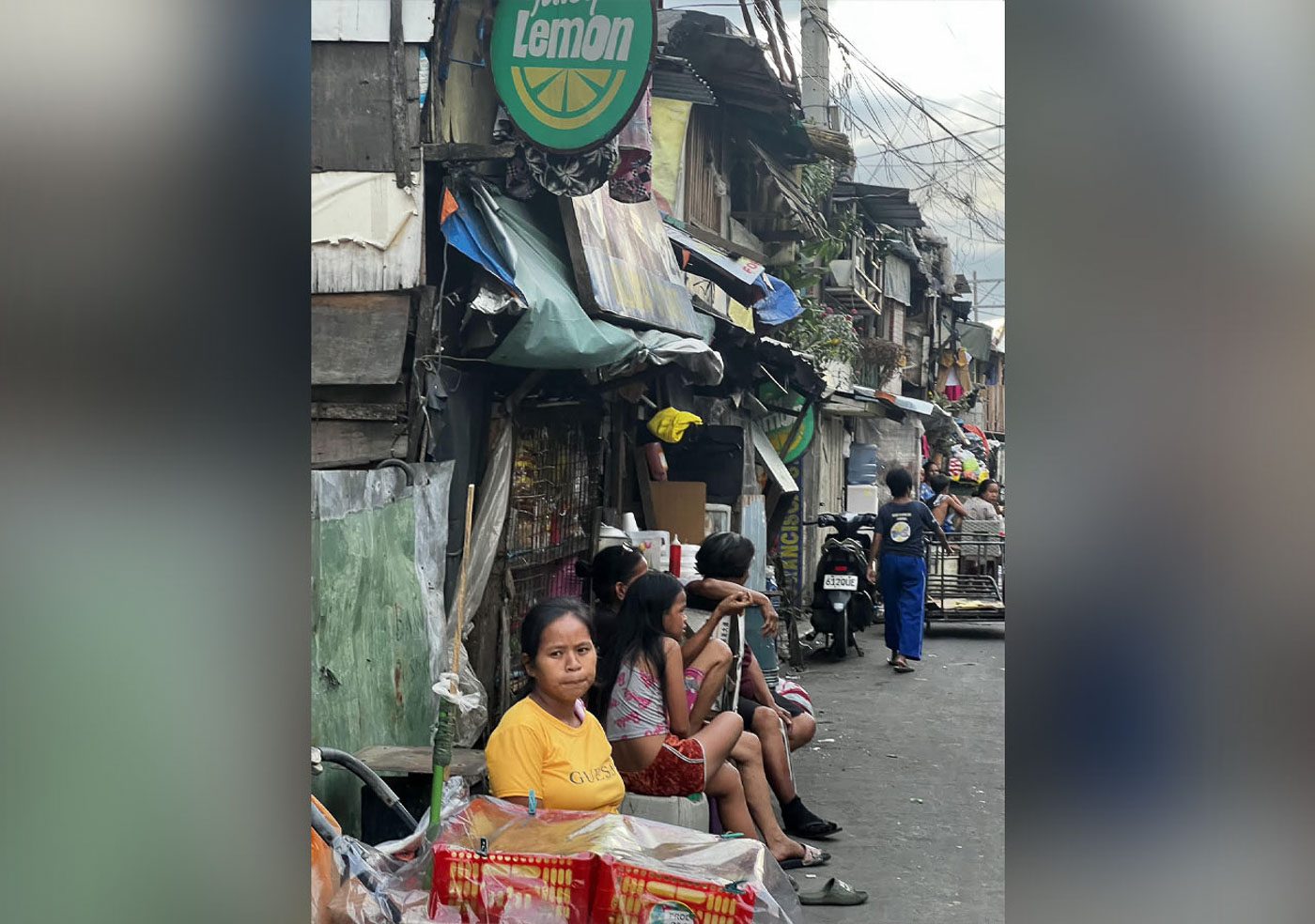
Starting early
“We learned to drink soft drinks at home,” Gilbert said. “Our parents would drink it regularly. They would offer it to visitors. I don’t know at what age I began to drink it, but I was really young.”
Like many kids their age, the pandemic forced Jerwin, Gilbert, Zoren, and Joshua to stop schooling. They stayed at home all the time, their tedious days sometimes interrupted by a short walk to the nearby sari-sari store to buy soda.
But with their parents losing work during the lockdowns, three of the four friends were compelled to find work. Jerwin, Gilbert, and Joshua found work as street sweepers for shops that sell ready-to-wear clothes in the busy, low-income commercial hub of Divisoria in Tondo, Manila. Zoren did not work and stayed at home.
“We would work at six in the evening until four in the morning. It’s hard work,” said Joshua.
“That is why we had money to buy soft drinks, because we had a little income,” Jerwin added. RC Cola and Juicy Lemon are sold in every store in Aroma and Divisoria.
Mang Andoy, 53, Jerwin’s neighbor and sari-sari store owner, said kids would constantly buy from him RC Cola or Juicy Lemon. Those two beverages are his top-selling products. Coke Mismo, a 250-ml Coca-Cola product in small plastic bottles, would be next.
“The kids would buy in the morning, afternoon, and evening. They like it very much,” he added.
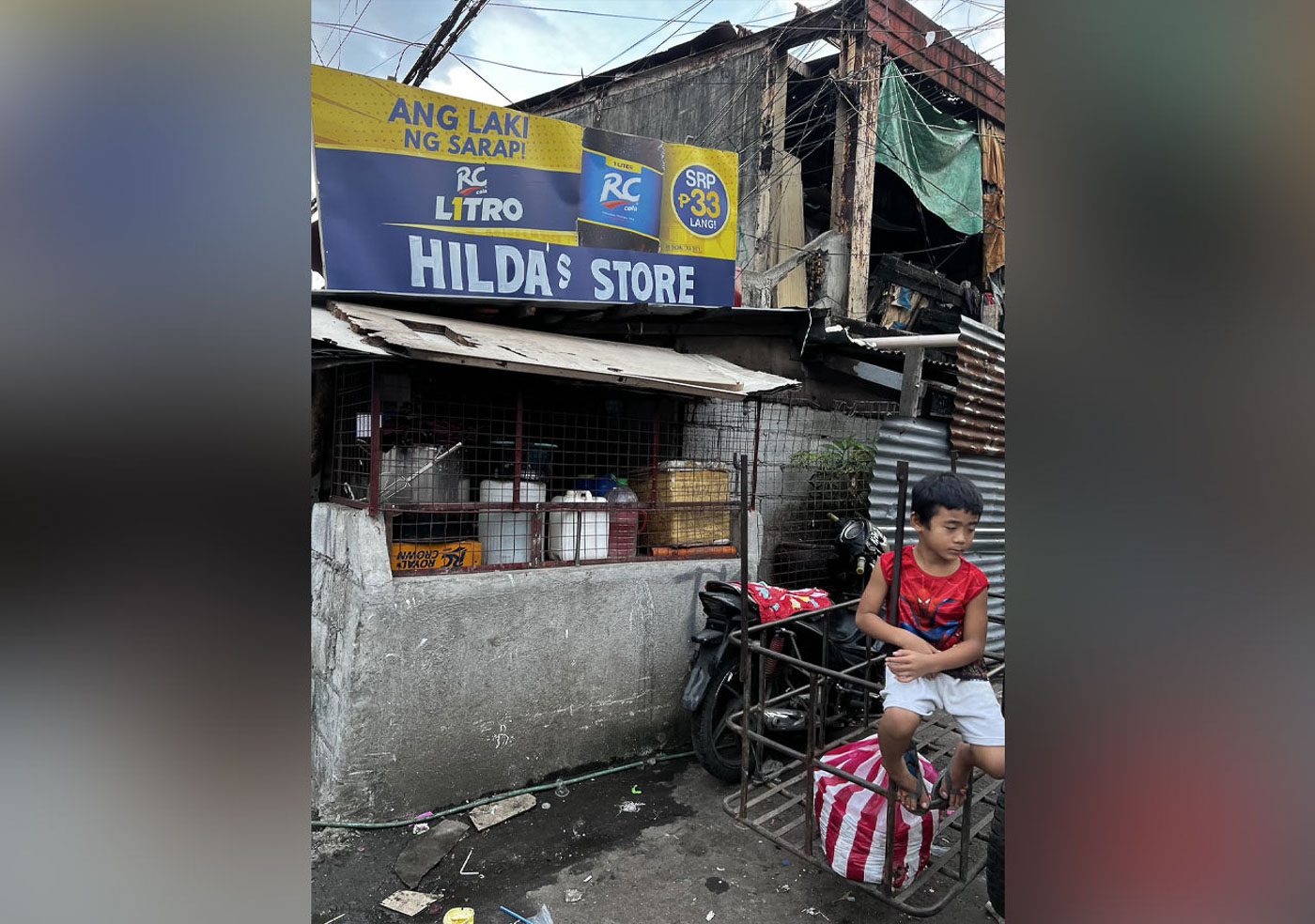
Learning from school
With the easing of the pandemic restrictions, Jerwin, Gilbert, and Joshua resumed their junior high school studies in September 2023, while still working as street sweepers in Divisoria. Zoren joined them.
“We enrolled in an ALS (Alternative Learning System) program in a school called Young Focus,” Gilbert said. Young Focus is a nonprofit school that operates in Dayao Street in Balut, Tondo. It offers free ALS education to youth and adults who want to continue their education after dropping out of regular schools and despite their economic statuses.
“The school teaches us what we should be eating and drinking. They taught us that soft drinks are bad, and that it could give us UTI (urinary tract infection) and diabetes. So I don’t drink soft drinks anymore,” Gilbert said.

But Gilbert and Jerwin have yet to convince Joshua and Zoren, who are younger than them, to give up soda. “It’s hard (to give it up). Drinking it is just so delicious,” Zoren said.
It’s hard, too, because of the ubiquity of advertisements of soft drink products in Aroma and Tondo. RC Cola and Juicy Lemon’s logos are advertised in every other house in Aroma, constantly reminding everyone of the supposed pleasures they offer. Every sari-sari store is sponsored by the said soda products.
Meanwhile, the cola company’s logo is emblazoned on every building in Katuparan Housing, just across Aroma and along Radial 10 Road. Every time residents in the houses in Aroma along Radial 10 Road open their windows, they would see the RC Cola logo.
“The soft drink fills up the stomach,” Zoren added. Dr. Tina Langit, integrative nutrition practitioner and #healthierhomes advocate, said that drinking soda can cause “bloating,” or the sensation of fullness. “They feel bloated because there is gas (in the soft drinks). There is also sugar,” she said.
It is a welcome feeling for poor people who do not often have enough to eat – despite it being bad for their health.
“I cannot blame them,” said Langit. “The ads are all they can see around them. And when they take in the soft drinks, that’s instant energy for them. They can use that energy for their work. But it is still too much calories, too much for the body. Eventually, you can develop sickness.”

Up against big advertising
In October 2016, the World Health Organization (WHO) urged governments to help curtail consumption of sugary drinks including soda, through higher taxes.
The Philippine government, in turn, imposed an excise tax on sweetened beverages under Republic Act 10963 or the Tax Reform for Acceleration and Inclusion (TRAIN) law in January 2018.
But ImagineLaw, a nongovernmental organization working on policy solutions to public health problems, said that the tax on sweetened beverages was a watered-down version of the one they and other advocates proposed.
House Bill 292, or the proposed tax on sweetened beverages, set the tax rate for all sweetened beverages at P10 per liter. The implemented tax under the TRAIN law set the tax rate at P6 per liter for beverages sweetened with non-fructose corn syrup and P12 per liter for beverages sweetened with fructose corn syrup.
“Under the implemented beverage tax, the total life-years gained was 2,503,118. But if we had passed the proposed sweetened beverage tax (HB 292) without any interference or objection from the (beverage) industry the life-years gained would have been four million,” explained lawyer Anna Bueno of ImagineLaw.
She culled the data from a study in the Lancet Regional Health-Western Pacific Journal published in September 2023.
Then there is also the problem of a lack of laws or regulations curbing advertisements of sugary beverages, especially in residential neighborhoods and in schools.
“Unfortunately, we don’t have any policy yet that regulates marketing (of sweetened beverages) at point of sale. It’s very difficult for everyone (in government to regulate this), given the culture of sari-sari stores, especially in these communities,” said Armund Arguelles, OIC division chief of the Department of Health’s (DOH) health promotion bureau.
Arguelles also said that these point of sale advertisements such as posters and signages influence the behaviors and choices of community members. “We are hopeful that legislation can address that,” he added.
The Department of Education (DepEd), for its part, said it is also concerned with the lack of policies regulating advertisement of soft drinks near schools.
“One of the things that we are looking into is to develop and push for policies that are stronger, have more teeth, are more enforceable. Of course, there are policies, ordinances that cover smaller areas, or let’s say within the confines of DepEd or DOH, the impact may not be as large as that of a standing law that limits such advertising at point of sale,” said Dr. Dexter Galban, DepEd Assistant Secretary for Operations.
Warnings
The local health center in Vitas, Tondo, meanwhile, tries to do its part in countering its residents’ soft drink consumption.
In front of the Vitas Health Center are posters warning people of sugary drinks and diet that may cause type-2 diabetes or obesity. Meanwhile, grassroots organizations like the Katuparan Homeowners Association and Gabriela-Tondo have tried to operate vertical gardens to encourage residents to grow their own vegetables.
But these efforts have been dwarfed by the enormous advertising of soft drink products in Tondo.
Vitas health workers, who asked not to be named, said that aside from putting up posters in their center, they do not have any program to warn the residents against heavy soft drink consumption and actively promote healthy food consumption.
This reporter repeatedly tried to contact ARC Refreshments Corporation through its trunk lines and email to obtain comment on the story but got no response. On Monday, January 15, he visited the company’s main office in Quezon City but was told to contact the marketing department through messaging app Viber. He contacted the company through Viber but got no response as of this writing, too. This story will be updated once the company responds.
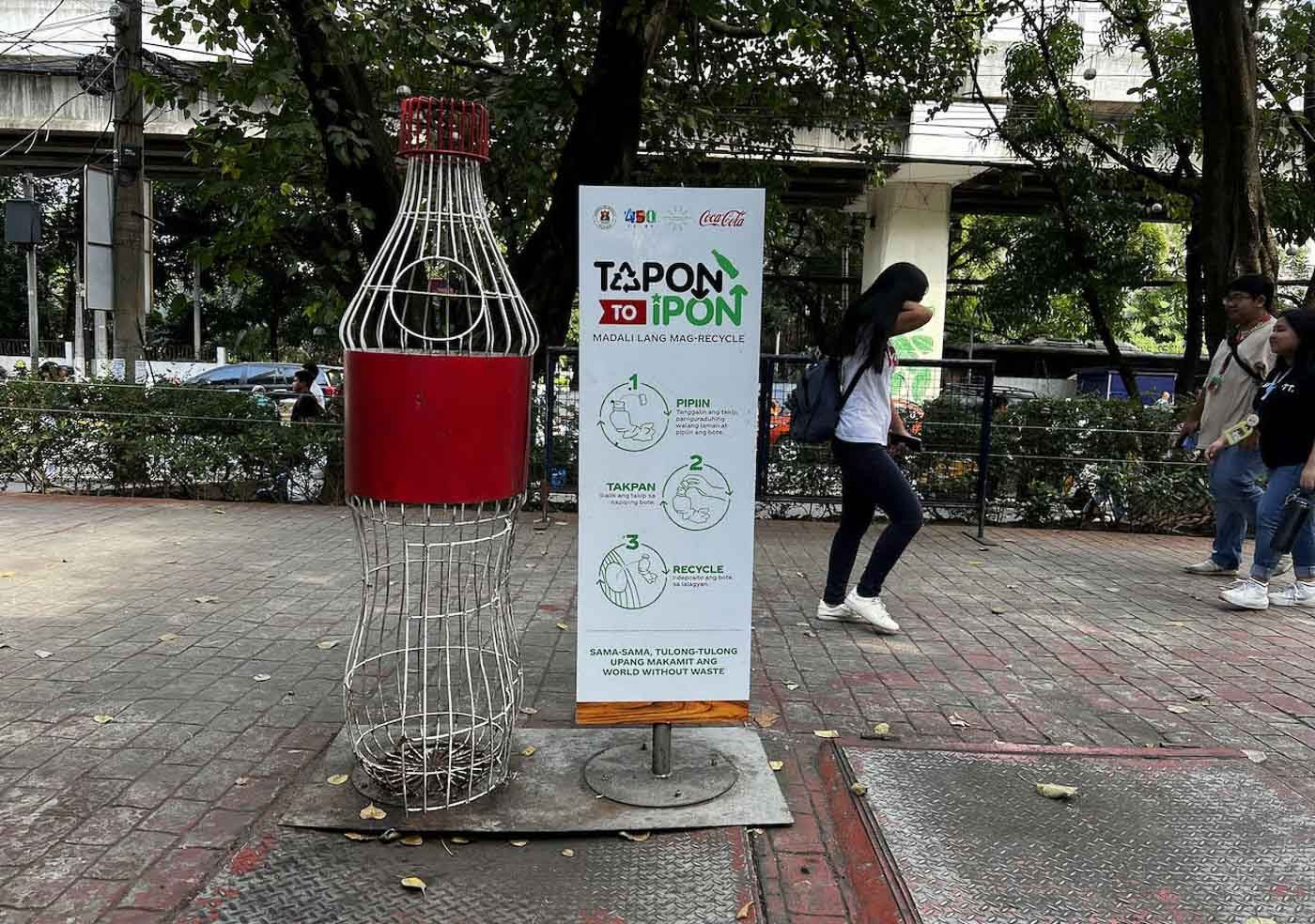
In the meantime, soft drink companies have invested heavily in promoting their products in the city.
On June 24, 2021, then-Manila mayor Isko Moreno signed a memorandum of agreement with Coca-Cola Beverages Philippines Incorporated (CCBPI) to place bottle bins across the city, supposedly to encourage residents to place used PET bottles in the bins for recycling.
The bins are in the shape of Coke bottles – effectively advertising the soft drink products in several areas of the city without having to pay for ad placement.
But CCBPI denied this. “Our partnership with the city of Manila is not a marketing initiative, but part of our sustainability strategy in line with our global World Without Waste goal to collect and recycle every bottle and can we sell by 2030,” CCBPI communications lead Kamiya Garcia said on Friday, January 19.
On July 5, 2021, CCBPI also opened up its Mega Manila Hub in Tondo. In attendance was Moreno, and then-vice mayor (now mayor) Honey Lacuna, among other local officials. Coca-Cola’s press release called the hub “a strategic convergence point for the company’s shipping operations.”
Meanwhile, advertisements for RC Cola and Juicy Lemon continue to crowd the streets of poor communities in Tondo like Aroma and Katuparan.
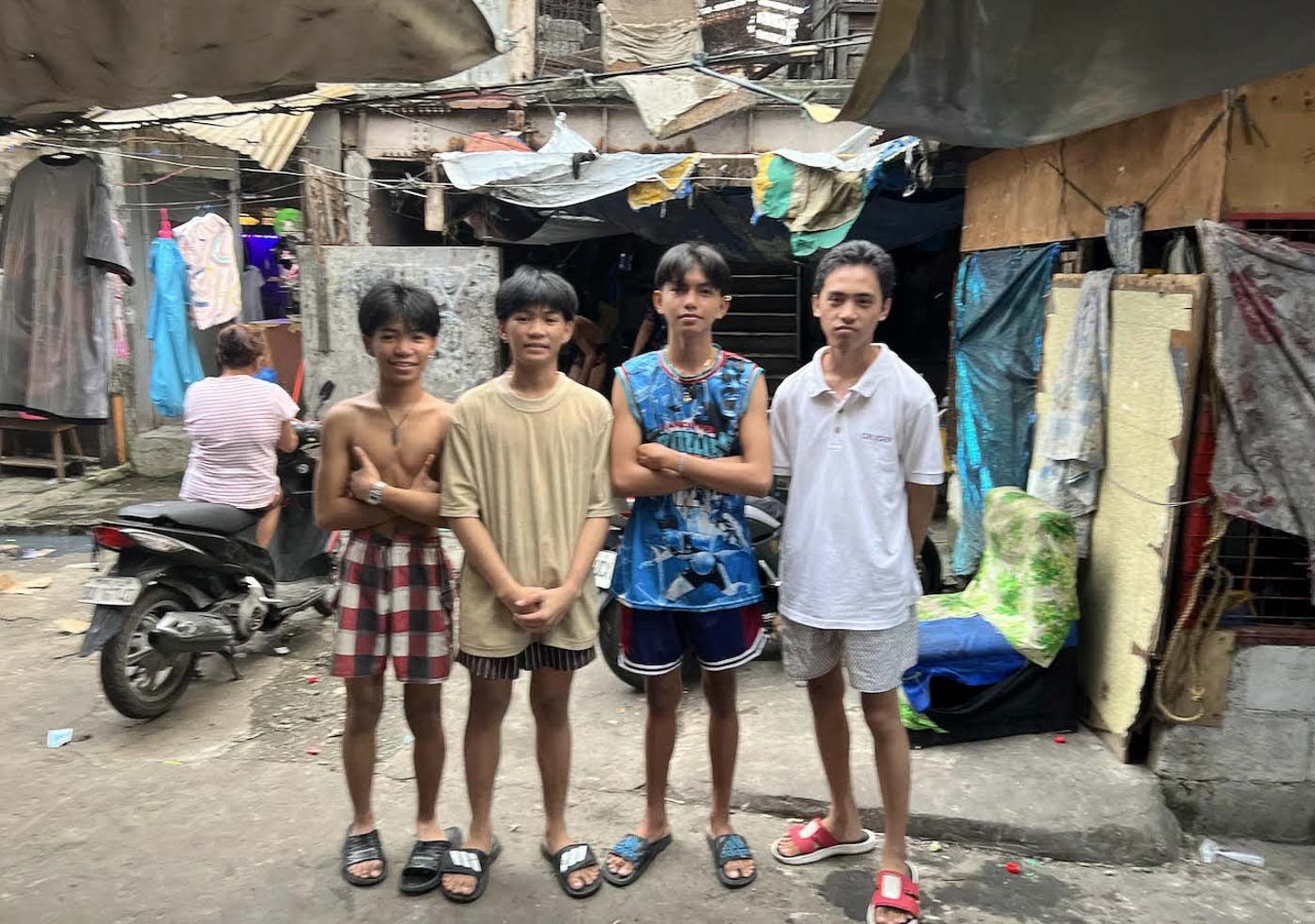
It is in these streets where Jerwin, Gilbert, Joshua, and Zoren still walk on their way to school and work. “Being a working student is hard,” said Gilbert. “We are often tired.”
After a hard day, the urge to take a break and pop a soda from a nearby sari-sari store may be hard to resist. – Rappler.com
Kenneth Roland A. Guda is a freelance journalist covering human rights, environment and development issues. He was a longtime reporter and editor for Pinoy Weekly and was a senior reporter for the Philippine Center for Investigative Journalism. This story was made possible with support from ImagineLaw.
(*Note: Jerwin, Joshua, Gilber, Zoren and Mang Andoy requested that their family names not be mentioned in the story.)
Add a comment
How does this make you feel?

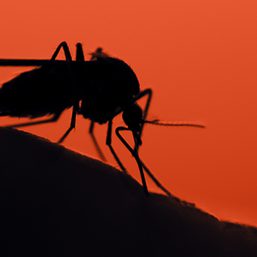




![[Vantage Point] Senate feud shields doubtful costs of new building](https://www.rappler.com/tachyon/2024/07/tl-Senate-feud-shields-cost-senate-building-July-10-2024.jpg?resize=257%2C257&crop=282px%2C0px%2C720px%2C720px)

![[OPINYON] Thesis for sale](https://www.rappler.com/tachyon/2024/06/tl-thesis-for-sale-1.jpg?resize=257%2C257&crop_strategy=attention)
![[The Slingshot] Blunders and mess Sara left behind at DepEd](https://www.rappler.com/tachyon/2024/06/TL-Sara-Duterte-DepEd-June-24-2024.jpg?resize=257%2C257&crop_strategy=attention)

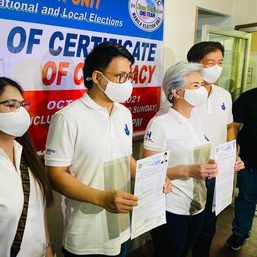
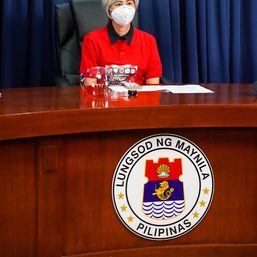
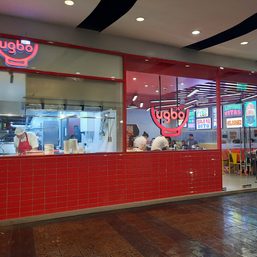
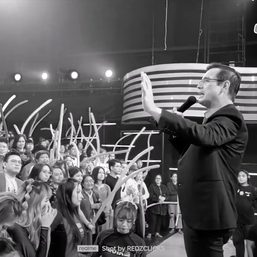
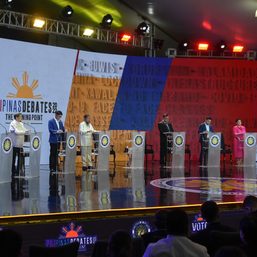

![[Uncle Bob] No whores at the Oarhouse](https://www.rappler.com/tachyon/2024/06/oarhouse-june-28-2024-2.jpg?resize=257%2C257&crop=414px%2C0px%2C1080px%2C1080px)


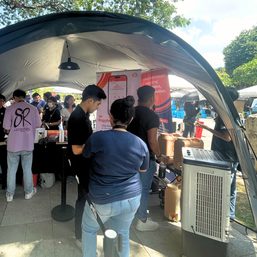
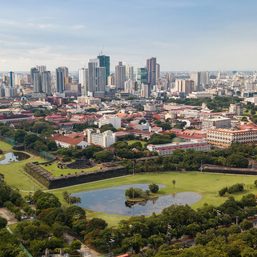
There are no comments yet. Add your comment to start the conversation.